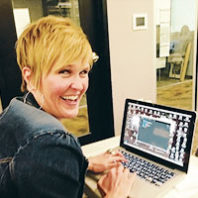
Dinner with girl geeks
Working for a Portland, Oregon, staffing firm in the late 1990s, Kristin McKinney ’95 helped recruit employees to the city’s burgeoning tech industry. The job unleashed her own geek.
“I found I had a bit of an inner nerd,” says McKinney, who got her degree in business. “I never really knew that.”
Her newfound enthusiasm was tempered by a sobering reality: Women then, like now, accounted for less than 30 percent of the computing and information technology workforce, according to the National Science Foundation.
McKinney, now a recruiter in Nashville, Tennessee, is working to reverse the trend. In 2013, she joined computer application engineer Rachel … » More …






